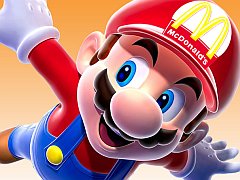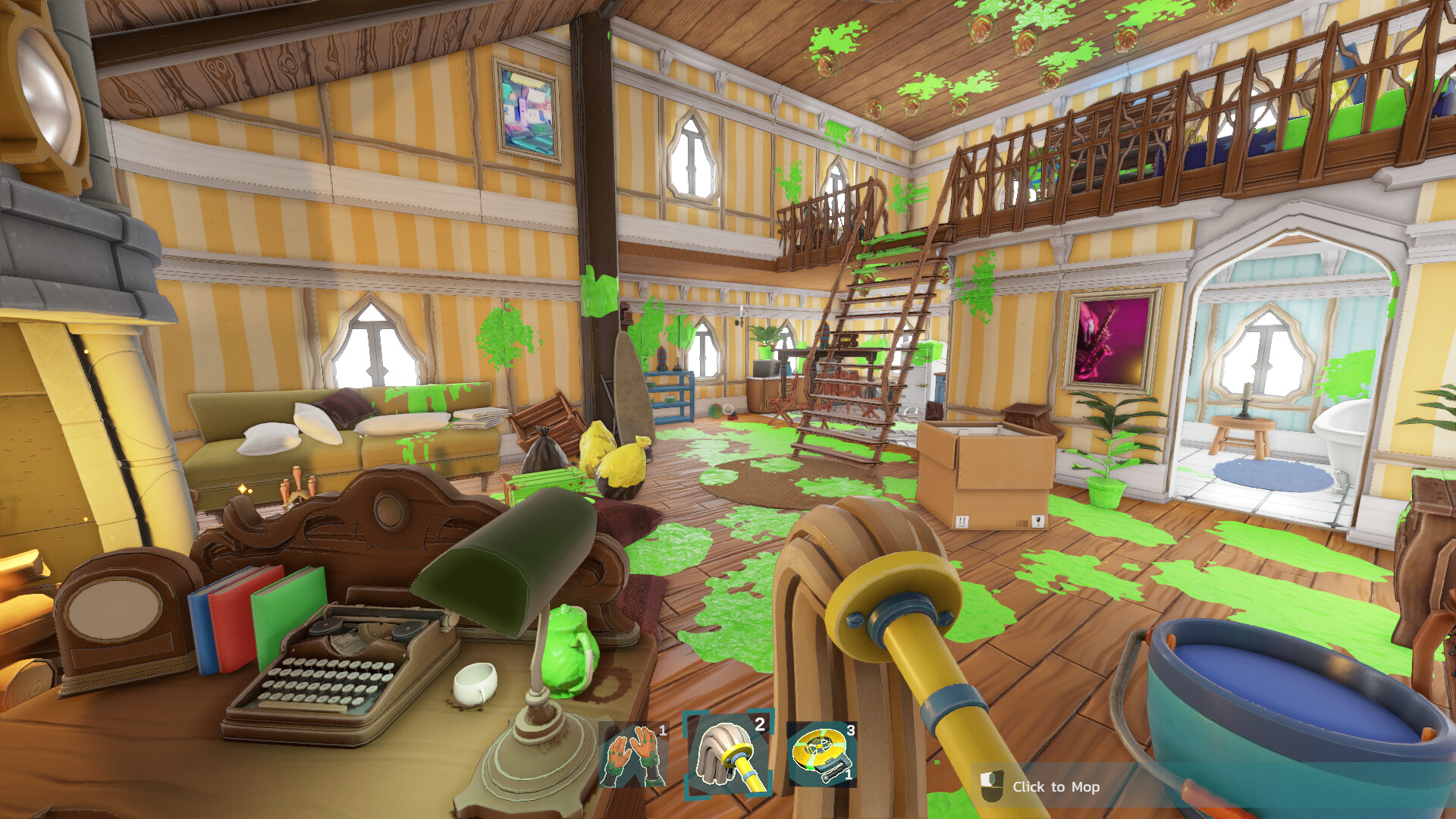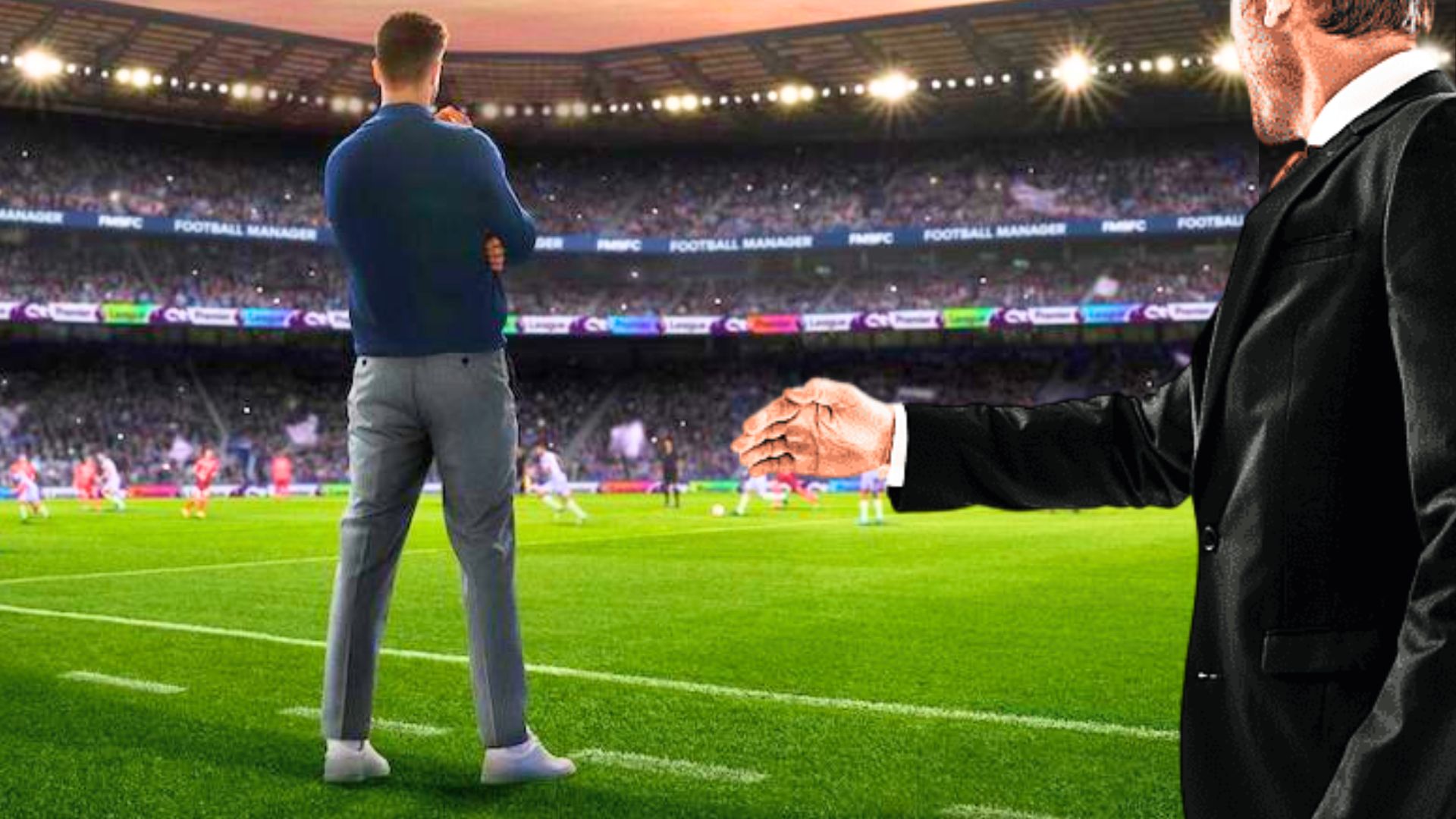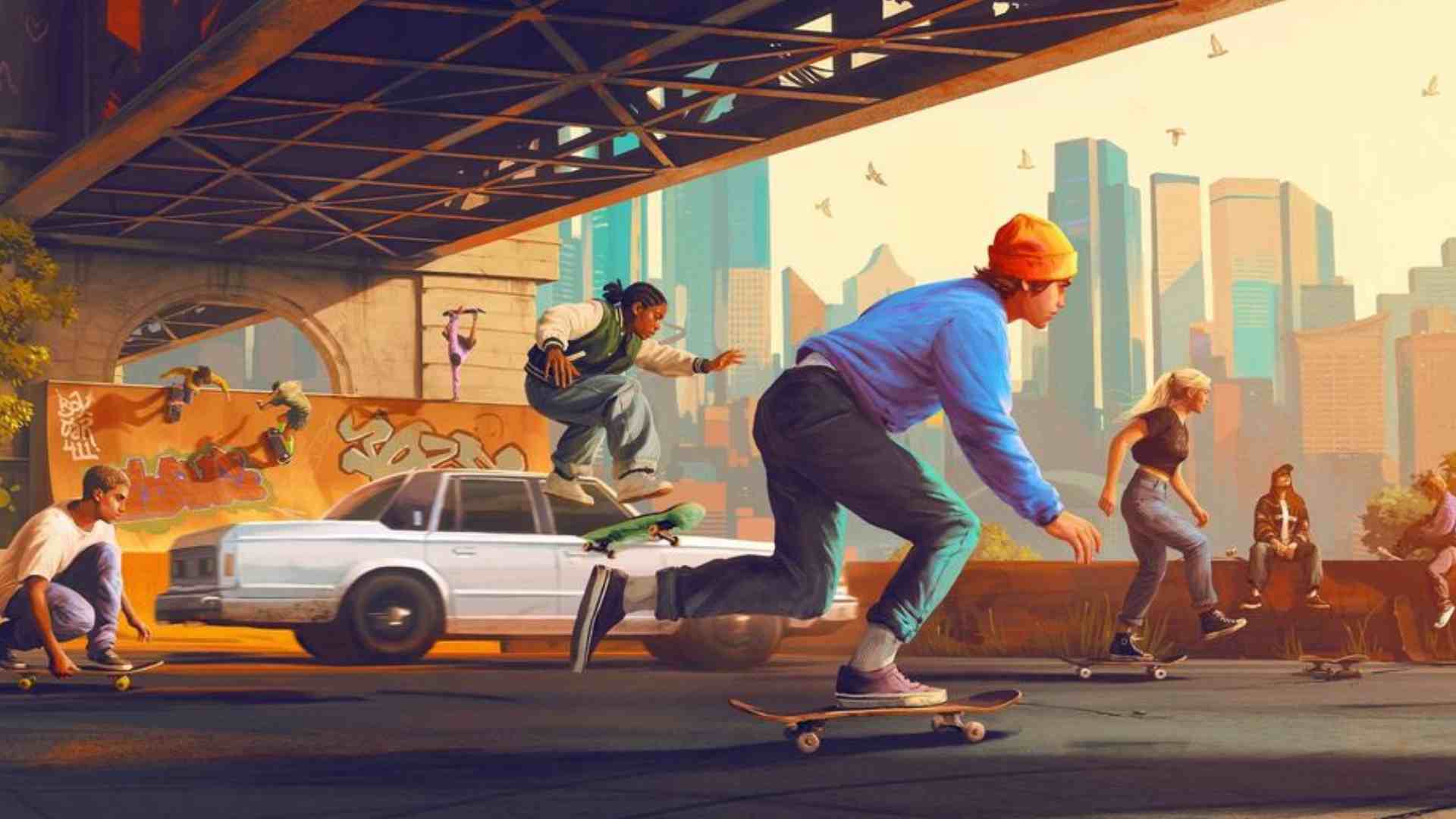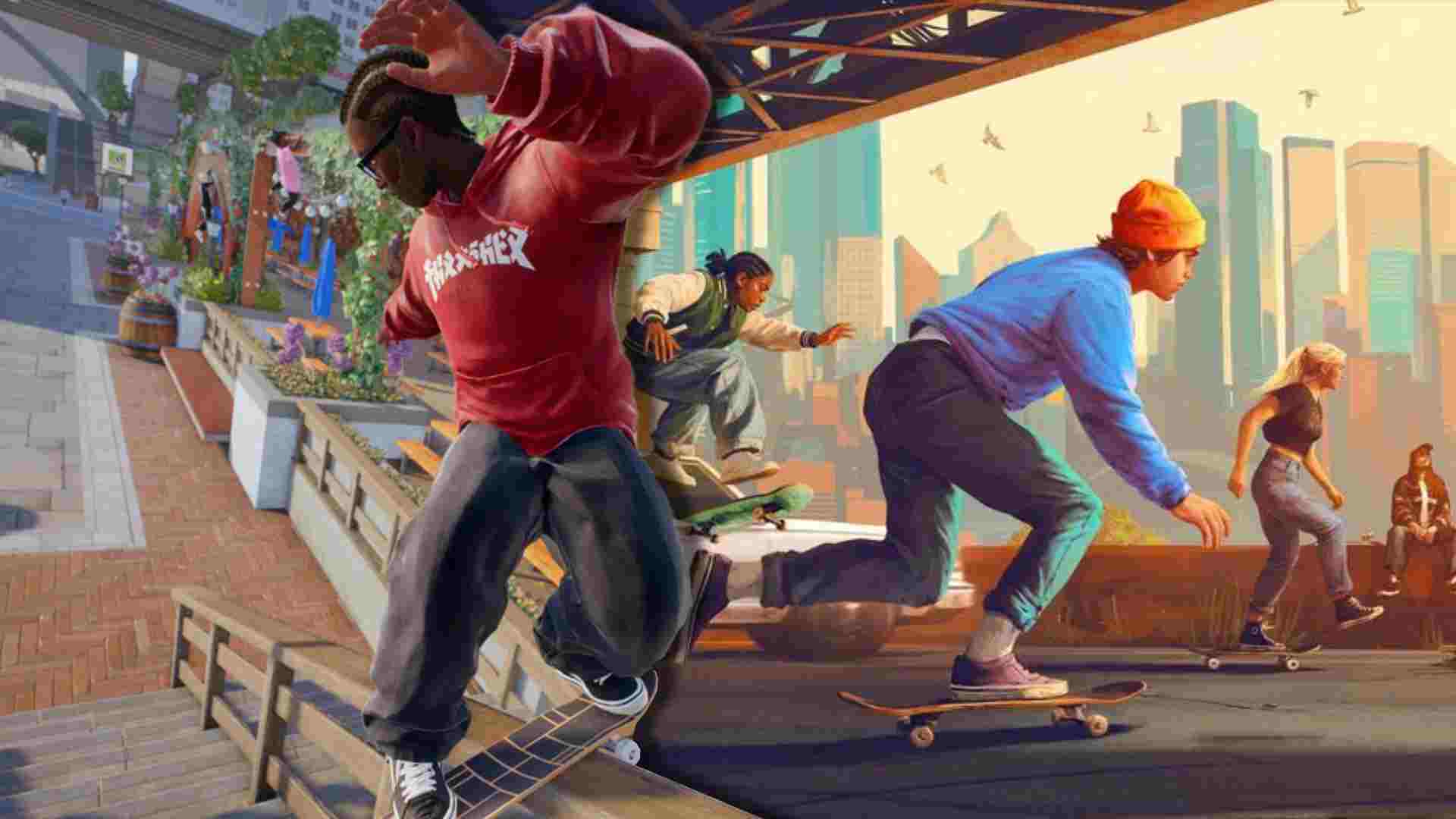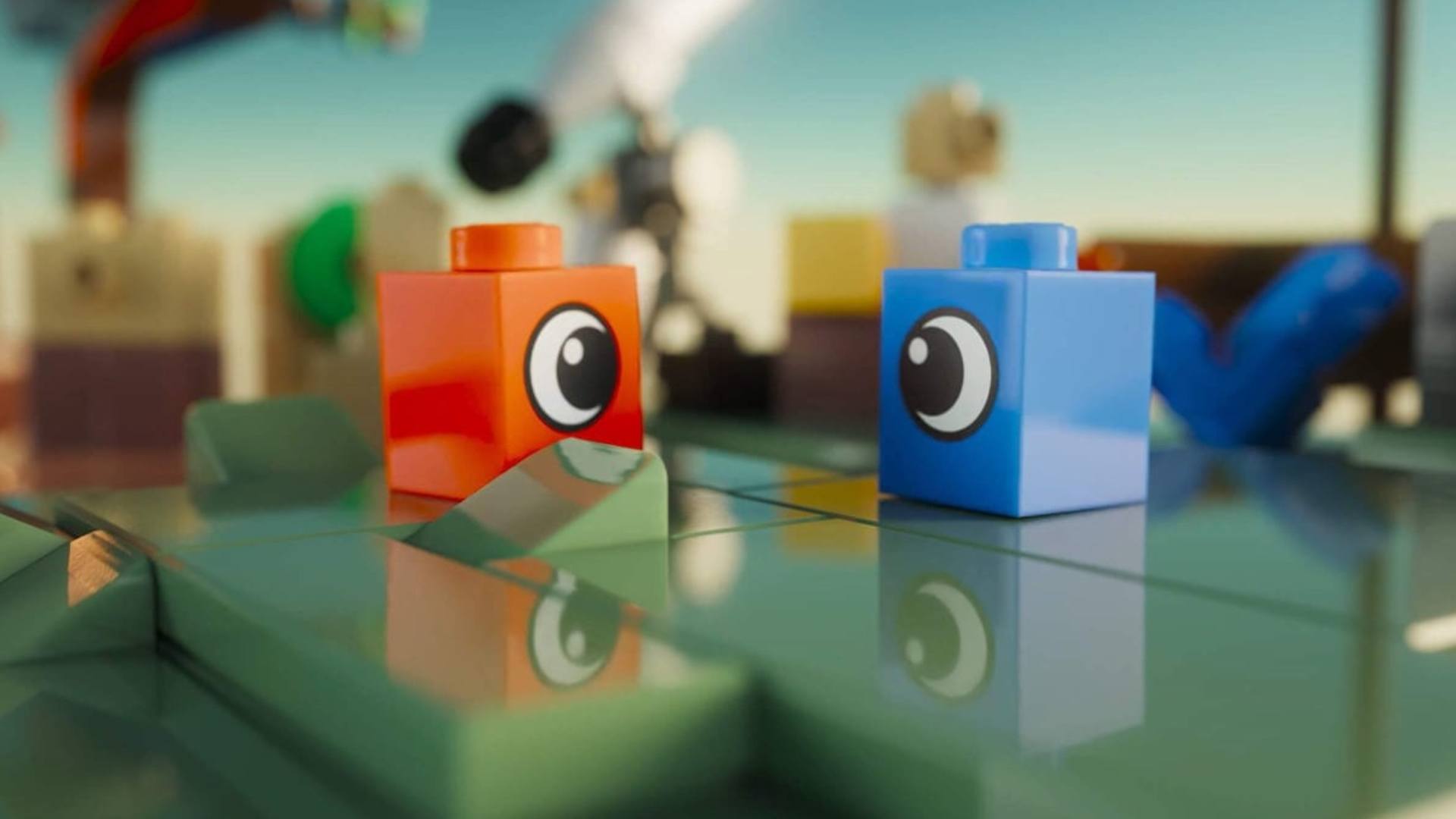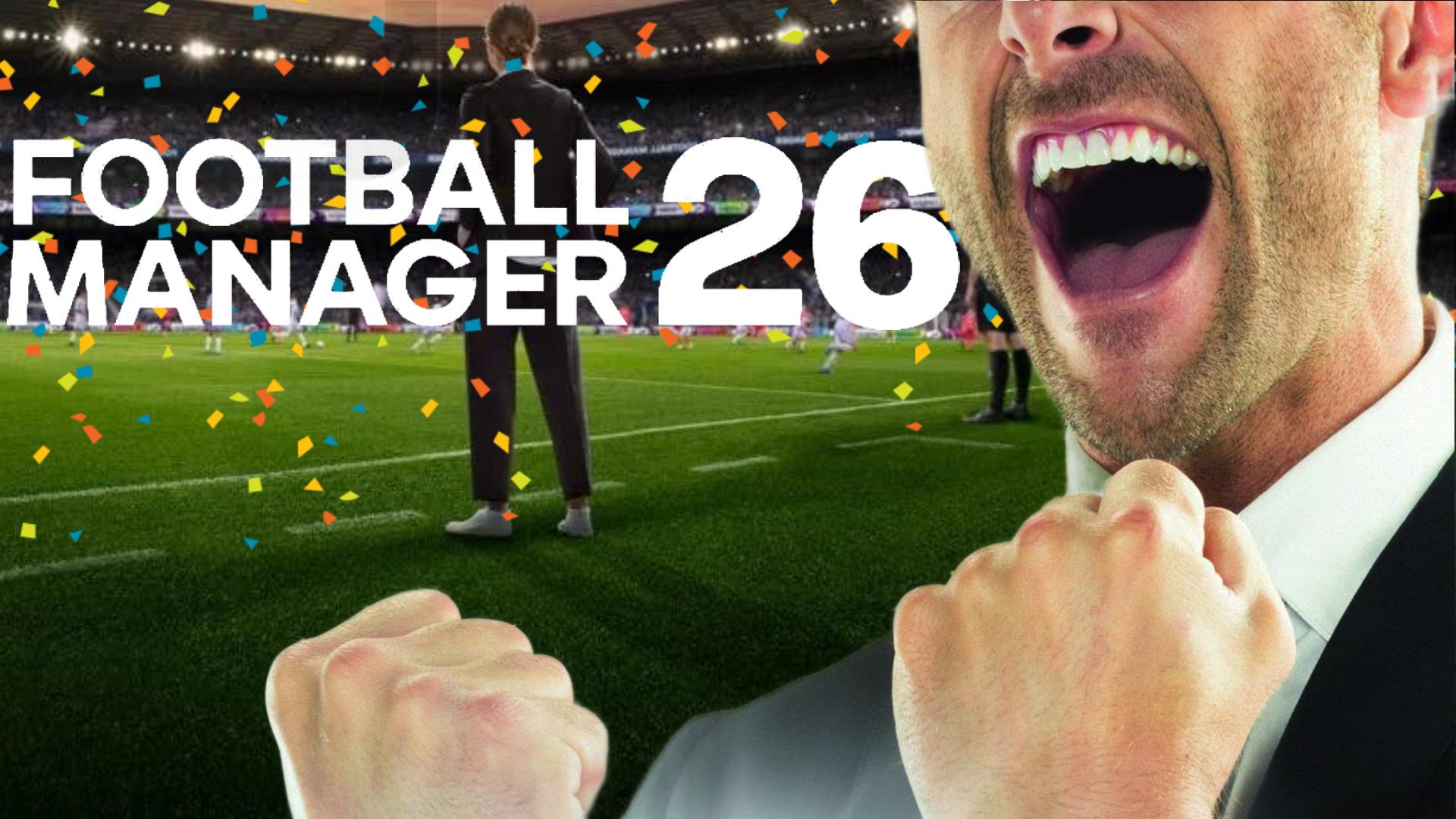You can trust VideoGamer. Our team of gaming experts spend hours testing and reviewing the latest games, to ensure you're reading the most comprehensive guide possible. Rest assured, all imagery and advice is unique and original. Check out how we test and review games here
The industrial revolution of the 20th century has paved the way for a world where advertisements and video games co-exist. Since the mid ’80s many developers have opted to trade in the coal mine of innovation, instead jumping headfirst into the biggest pile of Doritos they can find. I have glimpsed this world of product tie-ins and smelled the wafts of powdered cheese on the breath of the most popular video games. Sometimes the inclusion of advertisements is subtle, at other times it isn’t at all. Welcome to a dissection of the latter.
Pepsi Invaders – Coca Cola
/https://oimg.videogamer.com/images/ad49/pepsi570.jpg)
Back in my day we had 700 different Space Invaders clones, and we were happy. The 1980s was a simpler time. It was an era unmarred by the cynicism that runs rampant today. And despite having no original ideas to speak of, 1983’s Pepsi Invaders stretched the Space Invaders idea to its limit by making it into a high concept piece about shooting lasers at an invading race of Pepsi. Few games today have the chutzbah to be so brazen, but Pepsi Invaders managed to take subtlety and dispose of it like the Patrick Batemen of cheap promotional ploys.
Yo! Noid – Domino’s Pizza
/https://oimg.videogamer.com/images/ee90/yonoid570.jpg)
Yo! Noid is a distant memory that I’ve kept locked away in the Things to Remember for Pub Quizzes quadrant of my brain. Back in the ’90s Capcom got involved with a project that featured one of Domino’s Pizza’s more poorly thought-out mascots: The Noid; a weirdly disfigured, shrunken humanoid in a spandex rabbit suit, riding atop a pogo stick called the Pizza Crusher. The Noid was the Domino’s equivalent to the Hamburgler, a character bent on stealing and destroying pizzas. Capcom took this idea and created a platformer centred around The Noid in his attempt to stop his evil twin brother, Mr. Green, from taking over the world. There are few things in the world that make me not want to eat a pizza, but playing a game as a cartoon character who appears to be suffering from neurofibromatosis is one of them.
EverQuest II – Pizza Hut
/https://oimg.videogamer.com/images/9e73/pizzahut570.jpg)
Somewhere on the Internet someone is writing about the day when technological singularity will finally happen. It’s one of those ideas that imagines a future where technology evolves so rapidly that the world ends, or we’re stuck in the Matrix or something. But reality and computer games really collided in 2004, when Everquest II gave players the option to order Pizza Hut in real life without ever having to leave the game. Everquest II’s pizza-ordering service realised the dream of MMORPG players everywhere, making take-away readily available at the click of a button. Try and one-up that idea, Blizzard.
Planetside – Deuce Bigalow: European Gigolo
/https://oimg.videogamer.com/images/5420/gigolo570.jpg)
When the Oceans boil away and Uraguay melts in the face of global warming and Earth is just a distant memory in a burning solar system, the only trace of its existence in the universe will be a picture of Rob Schneider on a wall somewhere, mounted in space. PlanetSide is an MMOFPS that takes place on a newly-discovered planet, thousands of years in the future. The game’s alien world featured integrated ads for the Schneider classic Deuce Bigalow: European Gigolo, in what is possibly the most oddly placed in-game advertisement in the history of gaming. Despite the fact that the ad revenue gave the dev team the ability to continue fixing balancing issues in the game, there’s no escaping the fact it’s Deuce Bigalow: European Gigolo.
Alan Wake – Verizon
/https://oimg.videogamer.com/images/d407/verizon570.jpg)
When not reminding you to read Stephen King, Alan Wake made sure to reference Verizon as many times as possible without making it seem like it was pitching phone services. Forget the fact that the town is being possessed by swirling darkness; just sit back and relax in front of the TV as Verizon spits out its commercials. Sit through them entirely and you even get an achievement. Few games in this day and age are innovative enough to reward you for not actually playing the game whatsoever.
Fight Night 3 – Burger King
/https://oimg.videogamer.com/images/cee9/burgerking570.jpg)
There are few examples in the history of gaming where an advertised product walks around the ring and coaxes you into fighting. Not only was Burger King’s logo splashed across Fight Night Round 3, the Burger King himself, the walking humanoid symbol of the fast food chain, could help you train. It’s like a malaria dream of mismatched ideas.
Burnout Paradise – Obama
/https://oimg.videogamer.com/images/b129/obama570.jpg)
It turns out that for a mere $44,000 you can have a picture of yourself put into a racing game. In 2008 Barack Obama had himself plastered onto a billboard in Burnout Paradise in an attempt to appeal to the younger, technologically-adept demographic of voters. Hell, why not? Nothing says modern democracy like a world where console games and C-SPAN collide. I give it one election year before Sarah Palin becomes the face of Cooking Mama 35. I give it three months before Cameron admits he’s been a computer all along.
